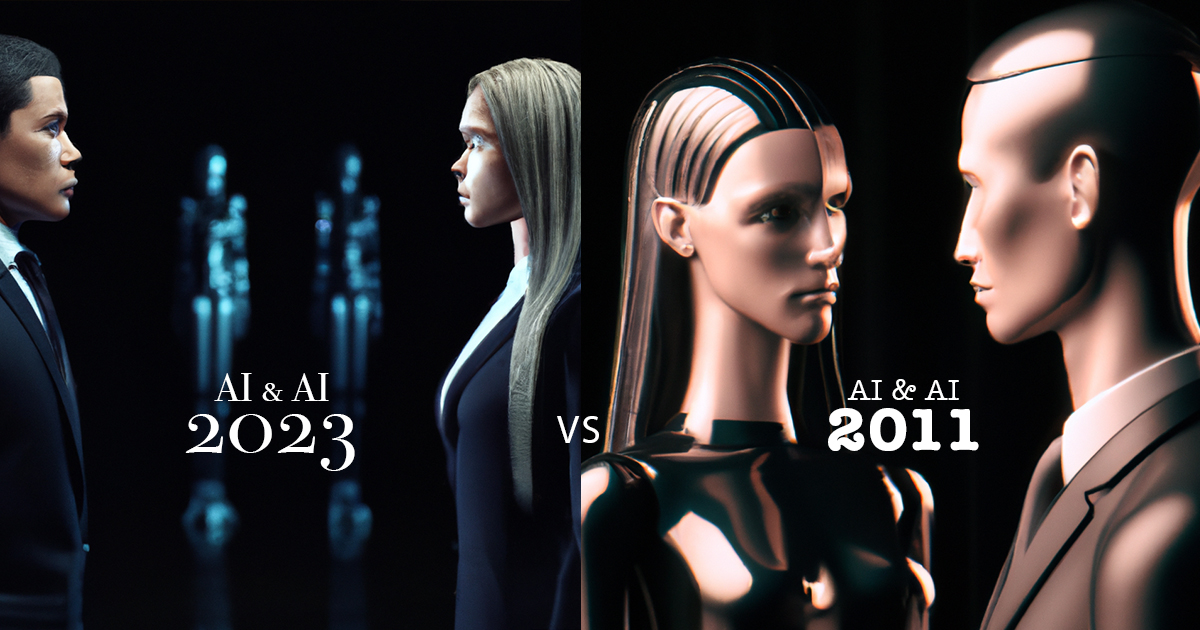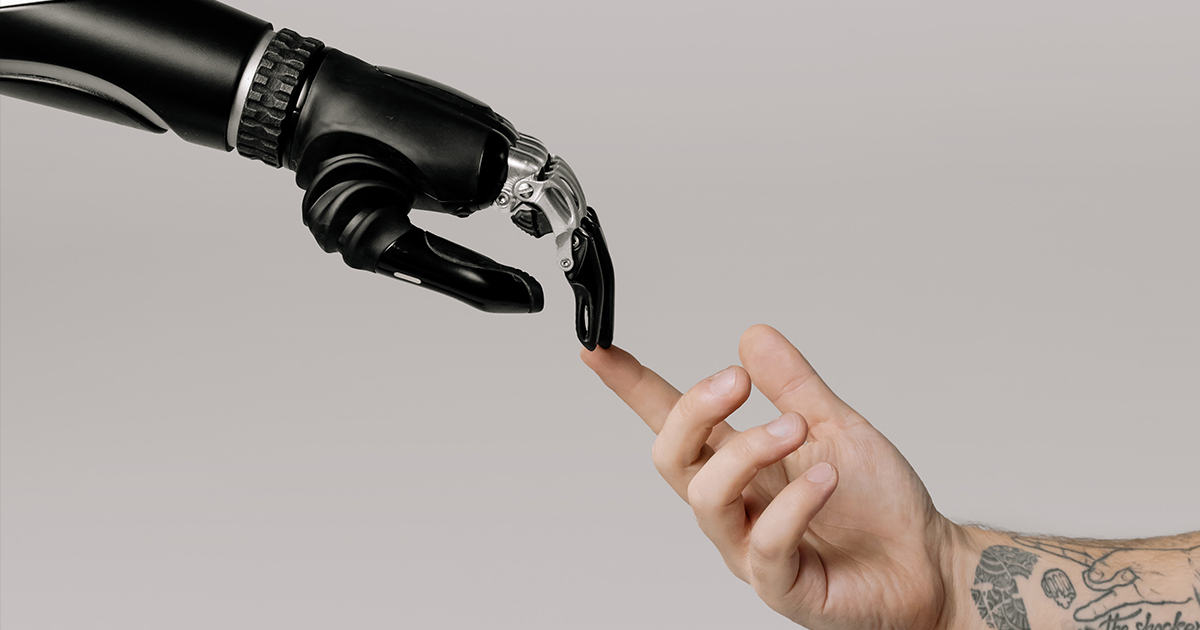Witness two AI Chatbots engaging in conversation. This intriguing scenario unfolds over a decade apart, allowing us to observe their remarkable evolution.
In August 2011, researchers at Creative Machines Lab, formerly at Cornell University and now at Columbia University, unveiled an intriguing experiment. They introduced two AI chatbots named “Cleverbot” and set them up to interact with each other, sparking our curiosity about the nature of their conversation. Despite being in the early days of viral videos, this captivating interaction garnered immense attention, accumulating a staggering 24 million views.
Considering the era, the chatbots’ dialogue was quite impressive. Their conversation began with basic pleasantries and the process of getting acquainted. However, it rapidly escalated into a fervent discussion, touching upon diverse topics such as God, philosophy, and eventually diving into the realm of randomness.
By today’s standards, the outcome may seem rudimentary. However, it remains a fascinating glimpse into the possibilities of AI and the peculiar dynamics that emerge when two chatbots engage each other.
Fast forward to today, on the YouTube channel “All About AI” hosted by Kris, we witness an incredible experiment. Kris pairs up two ChatGPT 3.5 “AI Agents” and orchestrates a collaborative endeavor where they prompt each other to create functional mini games or applications with user interfaces, solely using Python. Astonishingly, this process unfolds in a matter of minutes, showcasing the remarkable capabilities of these AI Agents. Below is the visual representation of Kris’ innovative design, enabling seamless communication between the two AI Agents.
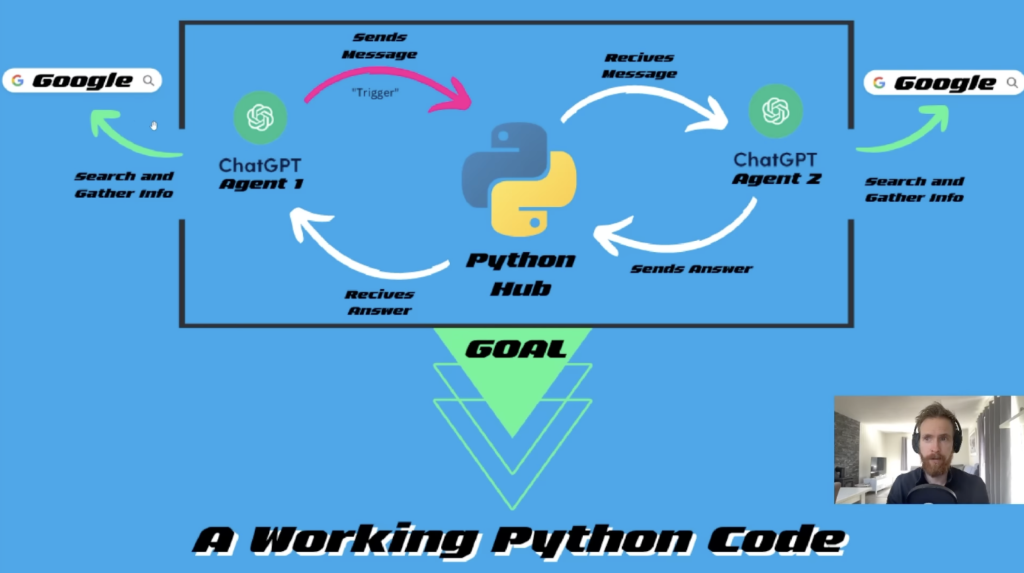
The Agents are externally connected to Google, enabling them to expand their information gathering capabilities beyond the static trained data limitations of ChatGPT. This connection empowers the Agents to search and retrieve additional information, further enhancing their knowledge and adaptability.
Agent 1 is assigned the role of a professional software developer, tasked with following a structured approach to communication and providing feedback to Agent 2. Simultaneously, Agent 2 receives a mirrored instruction. Each segment of the program is then prompted with additional inputs to facilitate the completion of the desired application or game.
The initial challenge revolves around creating a Tic Tac Toe game, which is accomplished through two distinct prompts. These prompts guide the Agents in developing the game to a functional state, complete with a user interface, ultimately resulting in successful execution.

Moving on to the second challenge, the task at hand was to develop an application capable of reporting the weather for any specified city. The output generated by the Agents proves to be straightforward yet effective, fulfilling the intended purpose seamlessly within a matter of minutes.
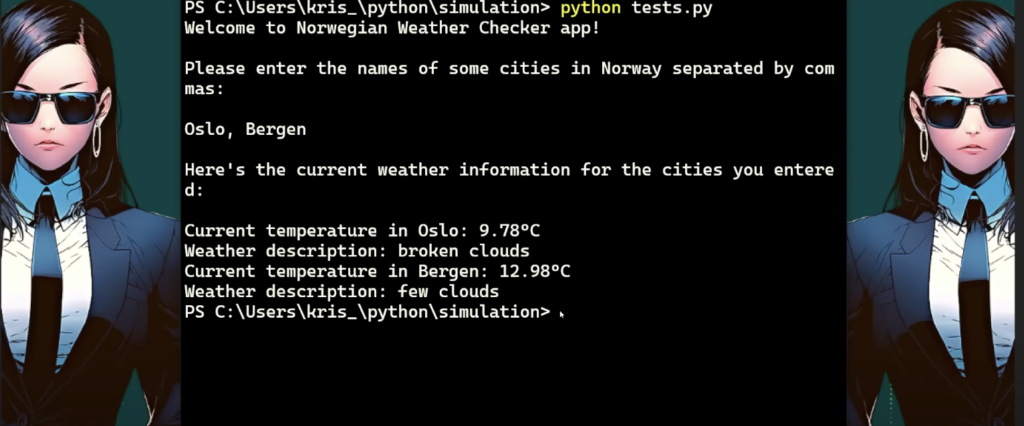
Moving forward to the third challenge, the Agents were presented with an open-ended prompt: to create a “strange simple game with a UI.” Witnessing the two AI Agents engage in conversation and deliberation on the type of game to conceive was both intriguing and slightly intimidating. Within a remarkable timeframe of just 3 minutes, they exhibited the ability to consider potential weaknesses and handle out-of-bounds inputs.
Eventually, they reached a consensus and agreed to develop a guessing game that operates within the range of 1 to 100. Their ingenious solution involved providing clues to the player, indicating whether the target number should be higher or lower. Furthermore, the system even incorporated a built-in difficulty level, offering options for both a normal and hard mode to cater to varying player preferences. The Agents demonstrated an impressive capacity to design and execute a captivating game concept.
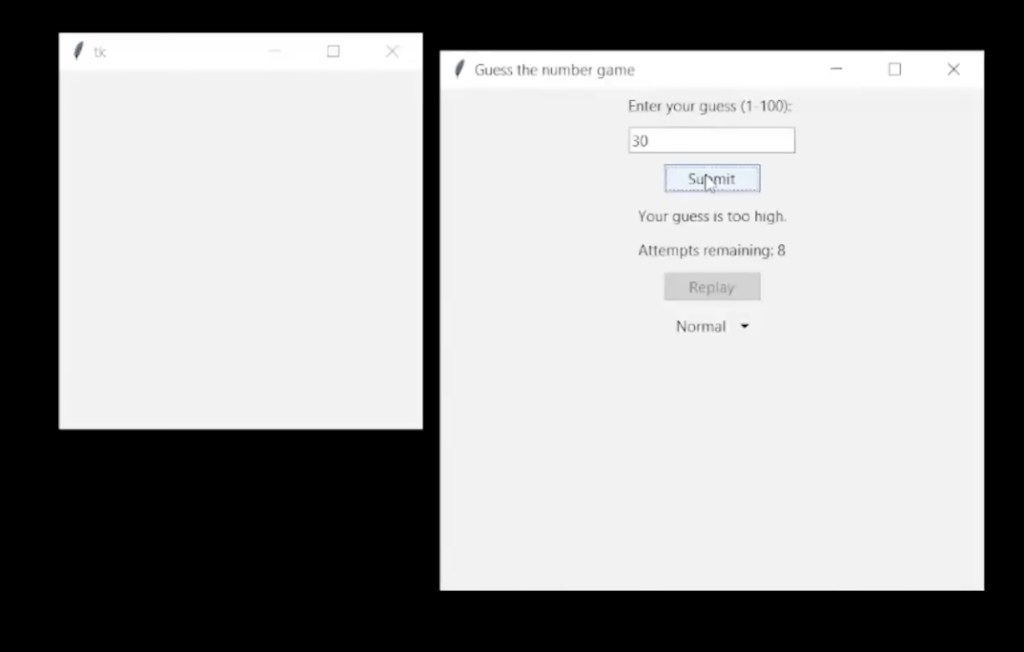
Observations
What sets apart the capabilities of AI Chatbots conversing with each other across a decade?
Random conversation (then) versus Prompts (now)
In the past, AI chatbot conversations relied on random exchanges, lacking specific context or direction. However, with the advent of modern AI models like ChatGPT, a significant shift has occurred. The introduction of prompts has emerged as a powerful technique, allowing users to provide specific instructions or cues to guide the AI’s responses.
Prompting ChatGPT has become a crucial skill, as it enables the AI to understand the desired context and situation, setting a baseline for the conversation. This newfound capability not only transforms the AI industry but also generates new employment opportunities. Prompt Engineering, a novel job description, has emerged in response to the demand for skilled individuals who can effectively utilize prompts to optimize AI interactions.
The power of prompting extends further, enabling the AI to embody a particular persona. By focusing on specific areas of expertise, such as programming in this case, the AI can leverage its conversational abilities to prove particularly useful. The evolution of prompt-based interactions showcases the remarkable progress made in AI chatbot conversations, offering exciting possibilities and shaping the future landscape of human-AI communication.

Contextual Memory (Remembering what was said in a conversation)
If you compare the 2011 AI Chatbot with the ChatGPT AI, you’ll notice a significant difference in their conversational abilities. The earlier Chatbot swiftly shifted from discussing God to random topics, lacking contextual memory. In contrast, ChatGPT possesses contextual memory, which proves incredibly valuable during back-and-forth conversations where inputs build upon each other.
Currently, ChatGPT 3.5 has a contextual memory limit of around 3000 words, but future iterations are expected to handle up to an estimated 25,000 words. This illusion of memory is achieved through “context-windows” where the system resends the past conversation with each new input, providing a historical context. However, this increased memory comes at the expense of resource-intensive backend systems.
Imagine the possibilities if contextual memory were to approach a lifetime’s worth of experiences for a human being. Would it be possible to capture the essence of an entire human life, from birth to death? While this idea raises intriguing questions, it remains to be seen how far the AI’s contextual memory can evolve and how it may impact our understanding of human experiences.
Speed and outputs that are useful (lessening the load of work)
The difference a decade makes becomes strikingly evident when comparing the transition from random conversations to the creation of rudimentary applications. The notable takeaway here is the remarkable speed at which Kris, without any coding, is able to prototype a product. The AI Chatbots’ ability to engage with each other far surpasses the pace of human thought. In fact, all tasks are completed within a range of three minutes or even less.
This highlights the immense value of leveraging ChatGPT AI, as it can substantially reduce the time required to achieve a desired outcome. The efficiency and speed with which the Chatbots operate offer significant advantages in terms of output and productivity.
What does the future hold for us?
The evolution of AI interaction, from random chats to leveraging clever prompts, has showcased tremendous advancements. The ability of AI Chatbots to engage with each other and generate practical outcomes has surpassed our expectations. As we reflect on this progress, it raises the question: What does the future hold for AI interactions in the next decade?
With each passing year, we witness groundbreaking developments and innovative approaches in the field of AI. The potential for further advancements is truly exciting. As technology continues to evolve, we can anticipate even more sophisticated AI interactions, pushing the boundaries of what is possible.
The journey from random conversations to the utilization of prompts has demonstrated the transformative power of AI. It has provided a glimpse into the immense potential and efficiency that can be harnessed through intelligent interactions. As we move forward, it is crucial to explore the possibilities, adapt to emerging technologies, and envision how AI interactions will shape our lives in the coming years.
Indeed, the future holds great promise for the evolution of AI interactions, and we eagerly await the progress that lies ahead.
